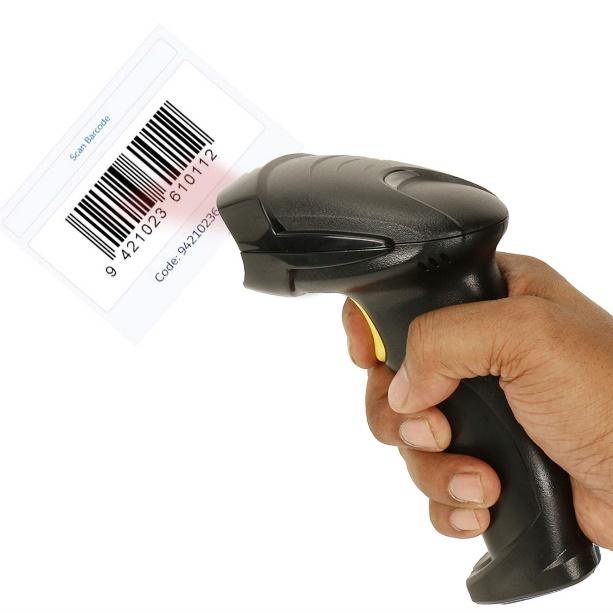The digitalization of consumable goods management has become a strategic solution for modern organizations to enhance operational efficiency and sustainability. This transformation enables more accurate and cost-effective management by leveraging cutting-edge technology. Traditional manual processes, which are often slow and prone to errors, have now been replaced with real-time, digital-based inventory systems.
Key Aspects of Consumable Goods Digitalization
- Digital Procurement and Inventory Management
Every received item is automatically recorded in the digital system, complete with details such as quantity, receipt time, and storage location. This reduces the risk of data loss or unrecorded stock, while also making tracking items easier. - Real-Time Stock Monitoring
Digital systems allow for direct and accurate stock monitoring. Technologies such as QR codes or RFID facilitate seamless tracking of incoming and outgoing items, helping organizations understand consumption patterns and predict future needs. - Automated Reordering
One of the main advantages of digitalization is the ability to automatically reorder items when stock reaches a minimum threshold. This prevents stock shortages while avoiding excessive surplus that could lead to waste. - Data Analysis for Optimization
Digitalization provides access to historical data that can be analyzed to identify consumption trends. This insight helps organizations optimize procurement and minimize unnecessary expenses. - Transparency and Fast Reporting
Digital systems enable quicker and more accurate reporting. This not only improves transparency but also supports better managerial decision-making. - Accessibility and Collaboration
With cloud-based platforms, stakeholders can access information from anywhere, at any time. This fosters better coordination between divisions within the organization.
***
The digitalization of consumable goods management aligns with several Sustainable Development Goals (SDGs), including:
- SDG 12: Responsible Consumption and Production – More efficient stock management reduces resource waste.
- SDG 9: Industry, Innovation, and Infrastructure – The adoption of advanced technology supports the development of more innovative operational systems.
- SDG 13: Climate Action – By reducing waste and excess inventory, organizations contribute to lowering their carbon footprint.
The digital transformation of consumable goods management not only enhances organizational efficiency but also supports long-term sustainability. By utilizing digital technology, organizations can achieve greater accuracy, transparency, and productivity, while also contributing to sustainable development. This transformation represents a strategic step toward building a more resilient and adaptive organization in the modern era.
Authors: Buana Yaksa & Pram



